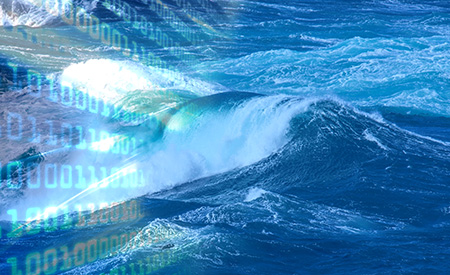Software
Type of resources
Available actions
Topics
Keywords
Contact for the resource
Provided by
Formats
status
-

This document is an update of the first version of the data management plan. This version describes in more detail the practical data management procedures implemented by the DTOceanPlus project.
-

This report provides a critical evaluation of the ocean energy sector’s legal, institutional, and political frameworks with an identification and analysis of barriers and enabling factors for the deployment of ocean energy.
-

The data management plan covers the complete research data life cycle. It describes the types of data that will be generated or collected during the project, the standards that will be used, how the data will be preserved and what parts of the datasets will be shared for verification or reuse.
-

This document is the first annual report on dissemination and communication activities regarding DTOceanPlus project.
-

This document presents the first step in achieving DTOceanPlus project website’s launching.
-

This document aimed at developing a comprehensive communication plan developed at the beginning of the project in accordance with the overall project management. This plan was an evolving document built on a targeted communication of the DTOceanPluq project results and capitalization on the community. It is the reference framework for evaluating the impact of communication and dissemination activities.
-
DTOceanPlus - Deliverable D02.02: Functional Requirements And Metrics Of 2nd Generation Design Tools

A coherent set of requirements have been developed for the DTOceanPlus suite of design tools based on analysis of gaps between the current state-of-the-art tools, learning from the DTOcean project, and the stakeholder expectations identified in the user consultation exercise. The requirements in this document are split into general requirements for the overall suite of tools, and specific requirements (functional, operational, user, interfacing, and data) for each of the design tools that is developed as part of this, which are split by work package and task. They act as user specifications for the tool development work packages, and focus the development effort to best meet the needs of the ocean energy industry. Subsequent tasks of the DTOceanPlus project develop these requirements into more detailed technical requirements and software specifications, prior to software coding and integration, then testing and validation.
-

This document is the third annual report on dissemination and communication activities regarding DTOceanPlus project.
-

This report is the outcome of an analysis of potential markets for ocean energy technology. The aim was to develop a greater understanding of the potential markets for the deployment and the exploitation of these technologies. The focus includes both the present market status and future opportunities for commercialisation of both grid and non-grid applications.
-

This report sets out the training and educational activities, and the materials produced as part of the DTOceanPlus project.
 Catalogue PIGMA
Catalogue PIGMA